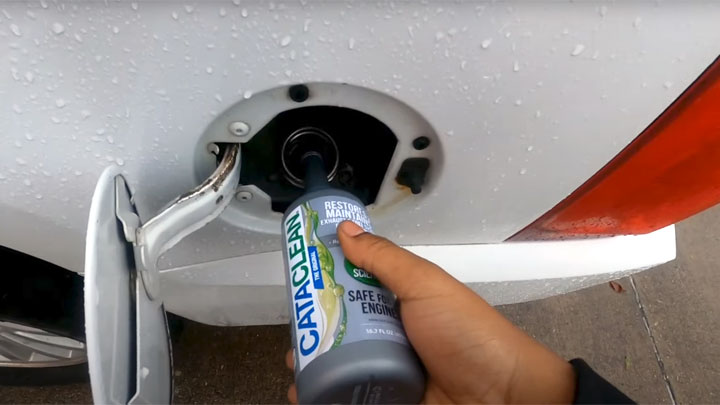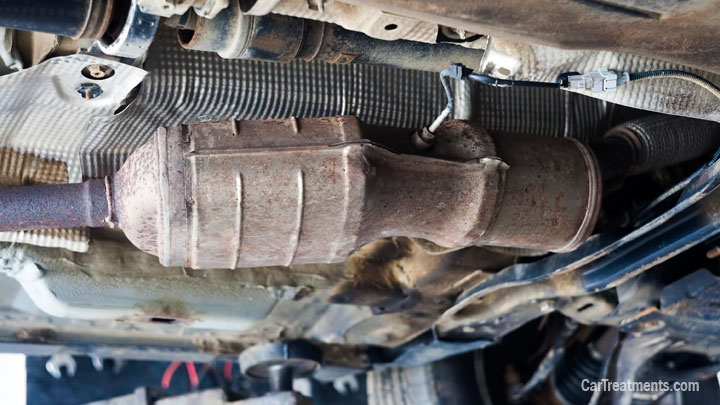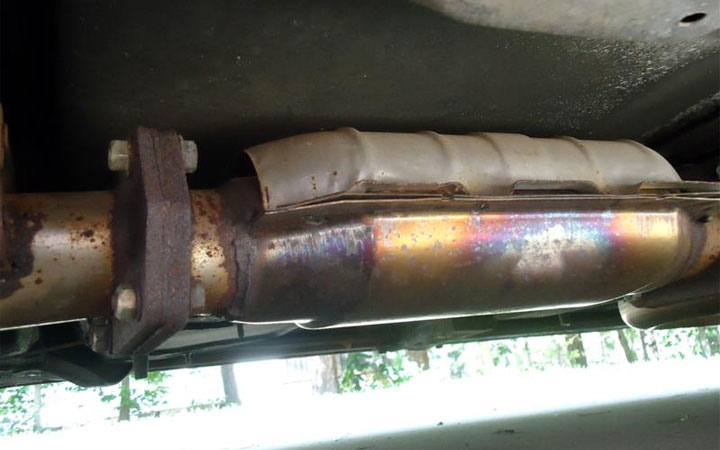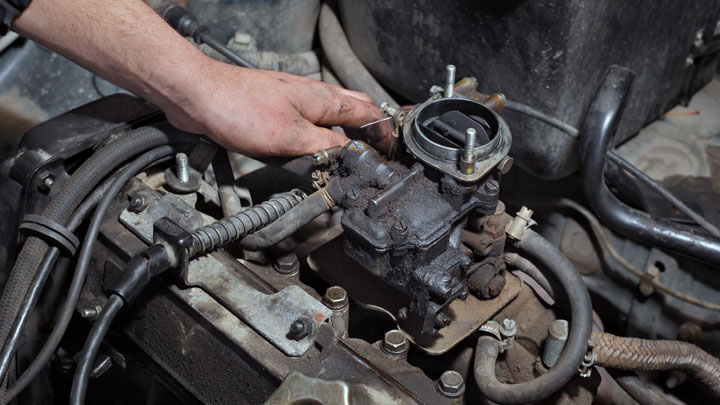Last Updated on October 24, 2022
The modern vehicle features a number of specialty apparatuses within its emissions system, each of which is designed to reduce the carbon footprint of any vehicle to which it is mounted. One of the most vital of these components is a vehicle’s catalytic converter, which converts combustion-related pollutants into less hazardous byproducts, via an internal reaction.
Unfortunately, due to their design, and the very nature of the task for which they have been implemented, catalytic converters are relatively prone to fouling and blockage. If not remedied in a timely manner, defects of this type can compound further, causing unnecessary back pressure within a vehicle’s exhaust.
Luckily, there are now a number of good commercial catalytic converter cleaners available for purchase, most of which promise to reduce catalyst fouling, thereby restoring a vehicle’s emissions system to full functionality.
However, one’s success when using such products is largely dependent upon their understanding of how it should be implemented. Read on to learn more about how to use Cataclean, as well as a host of other similar products.
What is Cataclean?
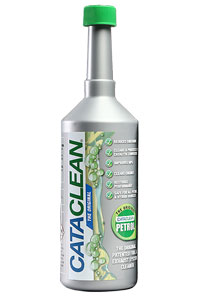 Cataclean is a popular commercial exhaust system cleaner, designed to clear exhaust fouling within a vehicle’s catalytic converter. Additionally, Cataclean Global states that their product is also quite useful in cleaning fuel injectors, combustion chambers, intake/exhaust valves, oxygen sensors, and fuel tanks, making it a popular all-purpose automotive cleaning agent.
Cataclean is a popular commercial exhaust system cleaner, designed to clear exhaust fouling within a vehicle’s catalytic converter. Additionally, Cataclean Global states that their product is also quite useful in cleaning fuel injectors, combustion chambers, intake/exhaust valves, oxygen sensors, and fuel tanks, making it a popular all-purpose automotive cleaning agent.
The makers of this particular product state that the use of Cataclean offers numerous advantages, all of which should be rather noticeable, and appreciated. Some of the most noteworthy of these advantages include reduced emissions, increased fuel economy, restored performance, and decreased need for vehicle maintenance.
Furthermore, products such as Cataclean have become a “Go-to” for those attempting to cure catalyst-efficiency-related check engine lights. Some of the most common fault conditions remedied by the use of such products include P0420 and P0430.
How Do Catalytic Converter Cleaners Work?
The use of catalytic converter cleaner is intended to break down deposits within a vehicle’s engine and exhaust system, the vast majority of which tend to plague combustion and catalyst efficiency as a whole. More often than not, these deposits are made up primarily of carbon, which is notoriously difficult to clean.
Once the initial break-up of carbon deposits has taken place, periodic reapplication of catalytic converter cleaner is used to prevent new build-up from taking hold. This serves as a type of engine and exhaust system maintenance, thereby increasing system efficiency in its entirety.
Is It Safe to Use?
Cataclean is generally considered safe to use under almost any circumstances, as long as all manufacturer instructions are followed precisely. Furthermore, Cataclean is approved for use in both gasoline and diesel-powered vehicles.
While a handful of mechanical issues have been related to the use of Cataclean throughout the years, improper application by the consumer has been detailed as the underlying cause in almost every instance.
Cataclean Instructions
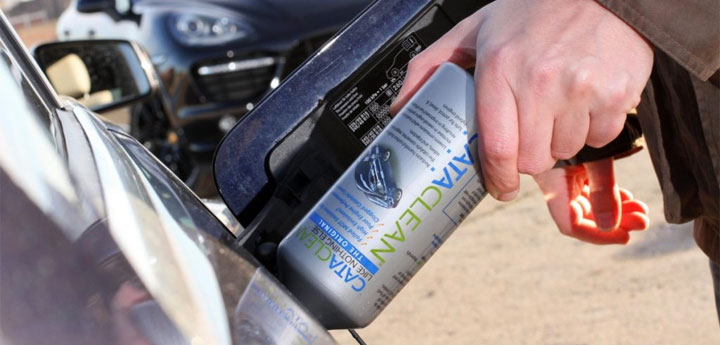
The following steps should be followed precisely when using Cataclean. Failure to do so can result in damage to one or more of a vehicle’s vital systems.
- Ensure that your vehicle has been run to approximately 1/4 fuel tank capacity.
- Remove the bottle’s seal in its entirety, ensuring that no part of the seal falls into a vehicle’s fuel tank filler neck.
- Remove your vehicle’s fuel filler cap.
- Pour the entire contents of the bottle into your vehicle’s fuel tank.
- Drive at highway speeds for up to 15 minutes.
- Clear any pertinent diagnostic trouble codes with an OBD-II scan tool.
- Top off your vehicle’s fuel tank, and drive as normal.
How Often Should You Use Cataclean?
Per the directions of Cataclean, as well as those of the manufacturers of many similar products, catalytic converter cleaners should be used no more than four times a year.
Ideally, each of these four applications would be metered at similar intervals to one another. This prevents one from inadvertently mismanaging such a product’s use.
Excessive use of Cataclean or any similar product can cause a number of issues, many of which are related to the onset of damage to various engine, exhaust, and emissions components. This is due to the somewhat harsh nature of the chemicals required to break down carbon fouling and deposits.
In the case of catalytic converter cleaner, more is not always better.
Can You Use Cataclean With a Full Tank of Gas?
The use of Cataclean is not recommended with a full tank of fuel. This is due to the fact that Cataclean is intended to be mixed with standard fuel at a precise rate, which cannot be achieved by adding a single bottle to a full tank of fuel.
In fact, using Cataclean in this manner is likely to achieve little in the way of results.
Cataclean Global states that a vehicle should be run until its fuel gauge is registering approximately 1/4 tank, at which time a single bottle of Cataclean should be introduced. Adding additional bottles of Cataclean to match the amount of fuel in a vehicle’s tank is not advised.
Does Cataclean Improve Gas Mileage?
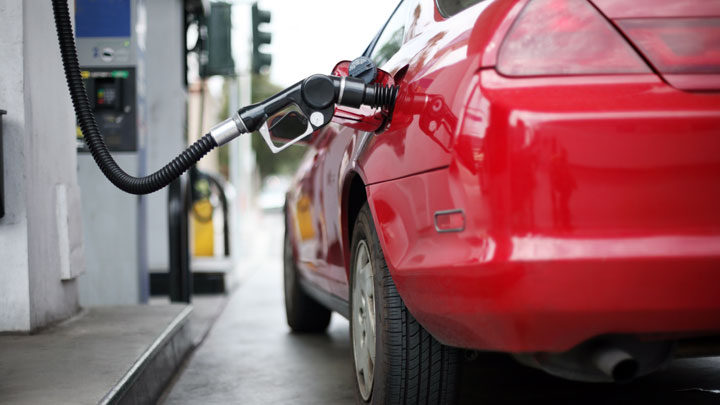
Cataclean, along with other products of similar makeup, is designed to restore a vehicle’s fuel economy to rates comparable to those achieved during the earliest years of the vehicle’s life.
However, this might take several applications over the course of a year to achieve, especially if a vehicle’s engine and exhaust have been subject to severe exhaust fouling in the past.
Additionally, the extent to which a vehicle’s fuel economy can be expected to increase is largely dependent upon the exact extent to which fuel economy has decreased across the life of a vehicle as a whole.
One cannot expect a product of this nature to perform miracles, but rather to slowly restore operating efficiency with time.
Will Cataclean Help Pass Emissions?
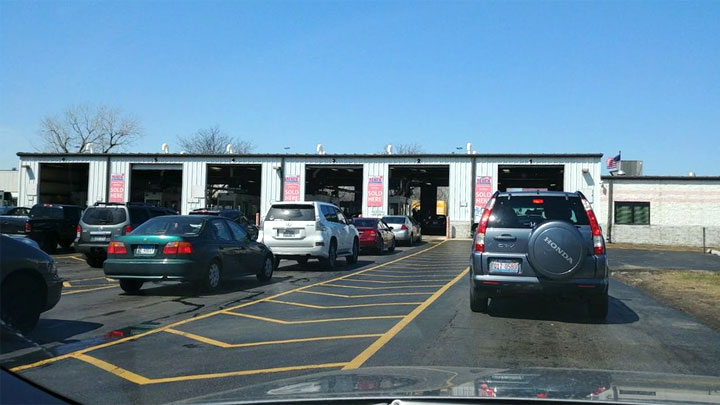
The creators of Cataclean state that the use of their product can help a vehicle pass state-mandated emissions testing. However, one should not assume that this will be the case in every situation.
While it is true that the use of Cataclean can assist in partially restoring the efficiency of a vehicle’s emissions system, there is no guarantee that it will undo years of standard wear and tear.
In fact, Cataclean is unlikely to assist those whose vehicles are experiencing complete catalytic converter plugging or outright EGR valve malfunction. What a product of this nature will likely do, is allow a marginally compliant vehicle to pass emissions test by a somewhat more respectable rate.
Possible Problems After Using Cataclean
When used at recommended intervals, and as directed, Cataclean tends to be relatively harmless to most engine/exhaust components. However, in rare cases, misuse or overly-frequent use has been attributed to a few mechanical issues of varying severity.
The following are several of the most common issues attributed to the use of Cataclean.
- Compromised catalytic converter function
- Damage to oxygen sensors
- Fuel injector clogging
- Increased metal-to-metal friction wear
Other Brands of Catalytic Converter Cleaners
The following are some other brands of catalytic converter cleaning, which are largely deserving of consideration.
- Sea Foam
- BG 44K
- Liqui Moly
- Gumout Regane
- Chevron Techron
- Lucas Oil Deep Clean
- Gumout Multi-System Tune Up
- Rislone HY-PER Fuel
- STP Ultra 5-In-1
- Rislone Cat Complete

